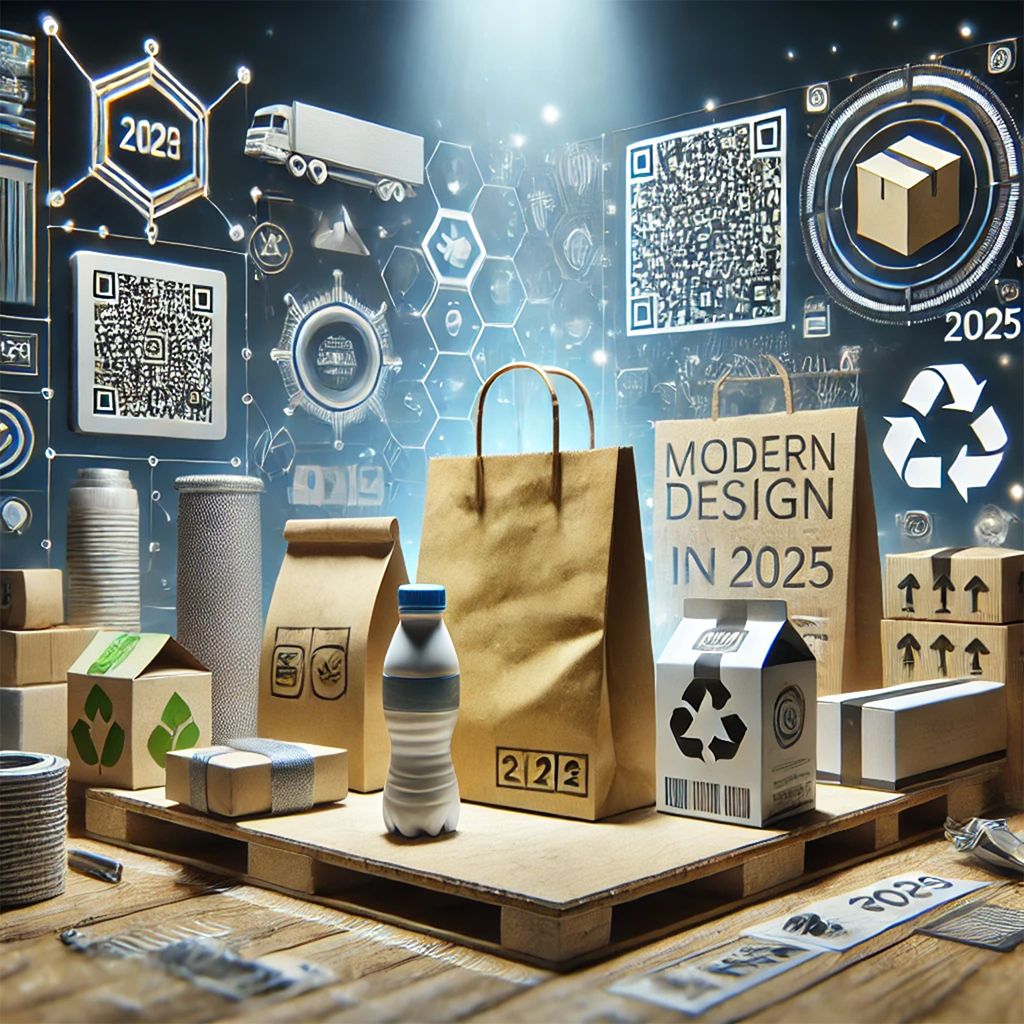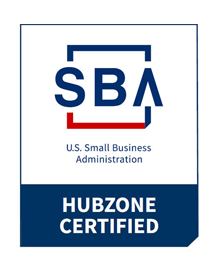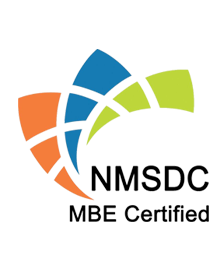January 8, 2025
Avoiding the Pitfalls in Packaging Design: Trends and Challenges in 2025

Packaging design continues to evolve, shaped by advancements in technology, shifting consumer expectations, and a heightened focus on sustainability. While these trends provide exciting opportunities, they also present significant challenges. In 2025, brands must navigate several pitfalls to ensure their packaging not only stands out but also aligns with modern demands.
1. Overcomplicating Sustainability
Sustainability is no longer optional, but many companies fall into the trap of overcomplicating eco-friendly designs. Consumers demand simple, transparent solutions—not overly engineered materials that are hard to recycle. The rise of mono- material packaging is a step in the right direction, but brands must ensure these materials are easily processed in existing recycling infrastructures. Ignoring this can lead to consumer frustration and reputational damage.
Solution: Prioritize simplicity and align with local recycling systems. Clearly label packaging to inform consumers about proper disposal methods.
2. Neglecting Accessibility
Trendy designs often prioritize aesthetics over functionality, leading to packaging that is diHicult to open or use. As the population ages and inclusivity becomes more prominent, inaccessible packaging can alienate a significant segment of consumers.
Solution: Test designs for usability across diverse demographics, ensuring packaging is easy to handle and open for all consumers.
3. Falling for Minimalism Without Purpose
Minimalism remains a strong trend in 2025, but many brands misuse it, stripping away too much information or functionality. While sleek designs are visually appealing, they can leave consumers confused about the product or its benefits.
Solution: Balance minimalism with clarity. Ensure essential product information is prominent and the design communicates the brand’s identity eHectively.
4. Ignoring E-commerce Realities
With e-commerce dominating retail, many brands fail to adapt their packaging for the rigors of shipping. Fragile or ineHicient designs lead to damaged products, higher return rates, and dissatisfied customers.
Solution: Invest in protective and eHicient packaging that withstands the e-commerce supply chain. Consider right-sizing packages to reduce shipping costs and environmental impact.
5. Overlooking Consumer Personalization Trends
Consumers increasingly seek personalized experiences, yet many companies miss opportunities to leverage this trend in their packaging. Static designs fail to create the connection that dynamic, customizable packaging can achieve.
Solution: Explore technologies like variable data printing or augmented reality to create interactive and personalized packaging experiences.
6. Underestimating Regulatory Compliance
New regulations around sustainable materials, labeling, and safety standards are emerging worldwide. Brands that fail to stay ahead risk non-compliance penalties or costly redesigns.
Solution: Monitor global packaging regulations and partner with compliance experts to ensure designs meet current and future standards.
7. Overloading with Technology
While smart packaging—such as QR codes and NFC tags—is growing, overloading packaging with technology can confuse consumers or be seen as gimmicky. Poorly executed digital integration may undermine trust rather than enhance it.
Solution: Use technology selectively to enhance user experience, such as providing product information, usage instructions, or sustainability stories. Ensure it adds real value.
8. Neglecting Brand Authenticity
In the quest to follow trends, some brands lose sight of their core identity. A packaging design that feels disconnected from the brand can alienate loyal customers and dilute market presence.
Solution: Anchor all design choices in the brand’s values and story. Trends should complement, not overshadow, brand authenticity.
Moving Forward
As we step into 2025, packaging design must balance innovation with practicality. By addressing these pitfalls head-on, brands can create designs that resonate with consumers, protect the planet, and support business growth. Packaging remains a powerful tool—when done right, it bridges the gap between a product and its audience, delivering value far beyond its physical form.



